Pear belongs to the family of fruit and ornamental trees that have been grown since ancient times. Its seedlings are planted in the spring, but autumn planting is considered more favorable. To young trees quickly developed and began to bear fruit in 2-3 years, it is necessary to plant a pear correctly in the fall. To do this, you need to understand all the intricacies and find out the advantages of this process.
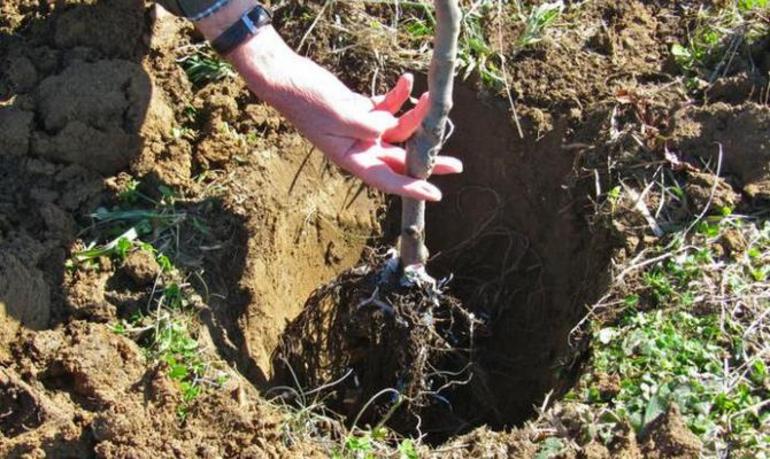
Content
Main advantages
Despite a number of shortcomings, planting pear seedlings in the fall has many positive aspects. During this period, you can purchase better planting material, since almost all nurseries dig a large number of young trees. Besides, There are some more advantages:
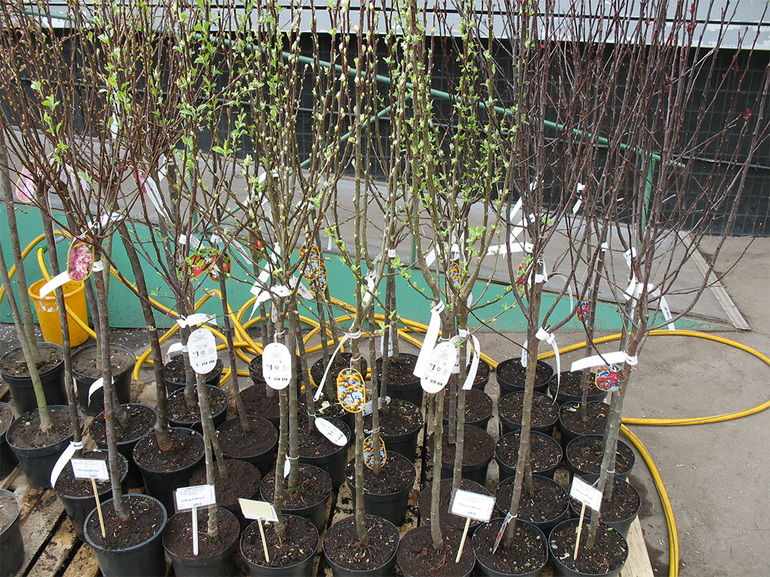
- The cost of seedlings is much lower than in spring.
- The root system of planting material is developing much more actively.
- Due to frequent rains, the roots receive enough moisture for a favorable development.
After planting in the spring, the sapling mainly builds up green mass, and the autumn culture develops the root system. This fact leads to the fact that autumn young trees in development are 20 days ahead of spring ones. In a pear, the root system manages to get used to the winter cold, so they tolerate spring frosts much better.
With the onset of the first frosts, new plantings constitute the main feed for them. Severe seedlings can destroy severe frosts, therefore, pear planting is not carried out north of the middle lane in autumn.
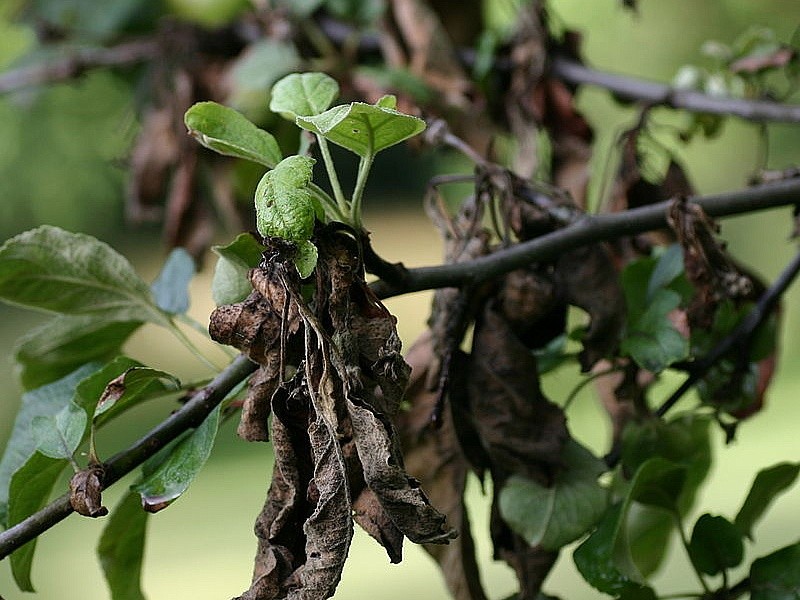 You may be interested in:
You may be interested in:Favorable terms
In autumn, seedlings are at rest, as they work to prepare the root system for frost. This can be determined by the absence of foliage. Therefore, it is very important to have time to plant seedlings 2-3 weeks before the onset of cold weather, otherwise the roots will freeze and the tree will die. For each climate zone own landing dates:
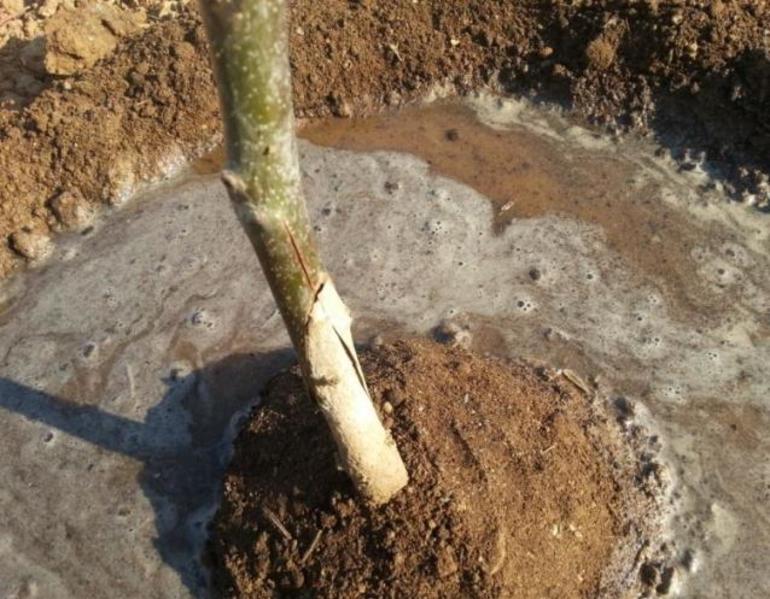
- Moscow Region - landing begins in late September and ends in mid-October. Usually, before the frost, the root system manages to strengthen.
- The Urals and Siberia - since the autumn in these regions is very short, the pear has been planted since the beginning of September. If she has time to take root, then an adult tree will tolerate winter frosts well.
- Belarus - apple and pear trees are planted on this territory almost until the end of October.
Gardeners are trying to find out before planting the forecast of the onset of the first frost. If they feel that they are not in time, then they postpone the process until spring. For this, the seedling is placed in a bucket with a mixture of peat and sawdust. You can store in the basement, cellar or other cool room.
Seedling Selection
To planting material was high-quality and not damaged, it is better to purchase it in proven places. During this period, sellers offer a young culture with an open root system. It is believed that seedlings up to two years old are best developed. They easier to dig, transport and must have the following features:
- The central root has a length of at least 30 cm, and 4-5 branches extend from it. All elements of the root system should be intact and bend well.
- The crown of the young tree and the roots should be equally developed. If there are too many branches, and the root shoots will not be enough, then the cultivation and digging of the seedling was carried out in violation of the technology.
- The bark on the planting material should be dense, without obvious damage.
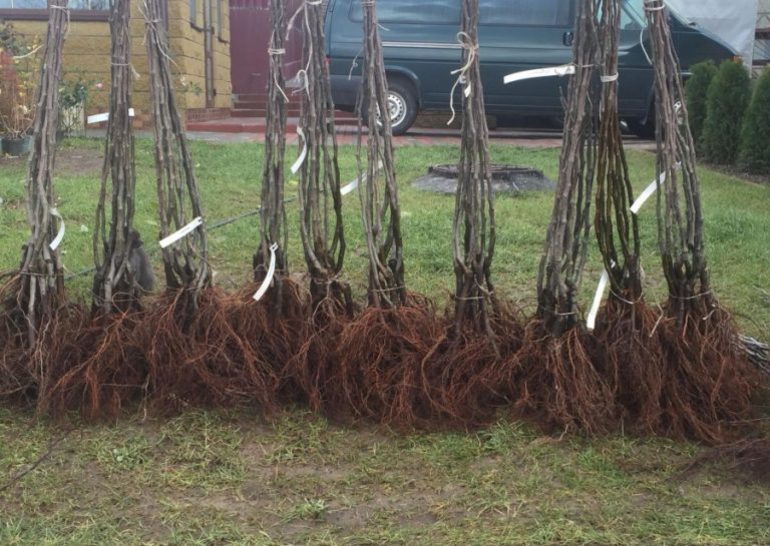
After acquisition, the seedling should be planted within 2 weeks. For this period, the roots are covered with wet burlap and wrapped with paper so that they do not dry out.
Preparatory work
Pear seedlings tolerate sandy and harder soils well. If a large amount of clay is present in the soil, then for planting it is better to choose a more favorable site. If high humidity is present, it is necessary to increase the soil level and make drainage so that the roots do not rot. As soon as a place is selected, gardeners begin to prepare planting holes. Usually this procedure is started in a few days and perform it in stages:
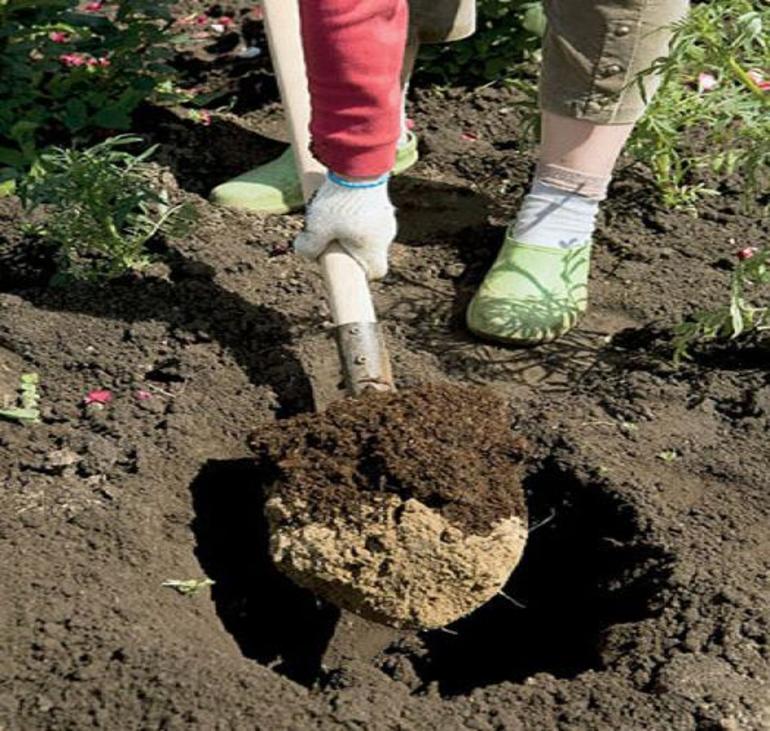
- A round hole with a diameter of 0.8 m is dug, if it is square, then the size of the side will be the same. Depth is performed depending on the age of the seedling: for an annual - 0.5 m; two and three year old - 0.6-0.7 m.
- A fertile mixture is prepared for each pit and fertilizers are applied. Pear is very fond of superphosphate and ammonia top dressing. To do this, the selected topsoil is mixed with sand, peat, superphosphate and rotted manure. If the soil is too acidic, lime or wood ash is added.
- A drainage layer of broken brick or large rubble is laid at the bottom of the hole. If groundwater is very close to the surface, then it is better to plant a young culture in another area.
Landing rules
The process technology is practically no different from planting other fruit trees. The main task is the correct and accurate implementation of all actions so as not to damage the seedling and ensure its rapid development. For this step by step guideto plant a pear in the fall:
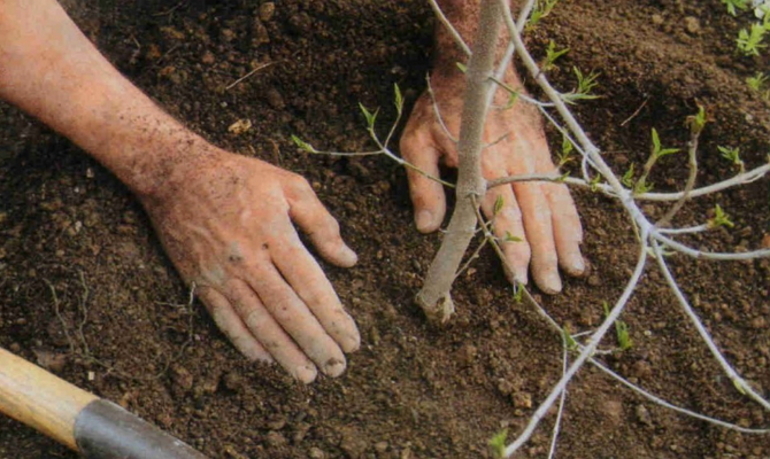
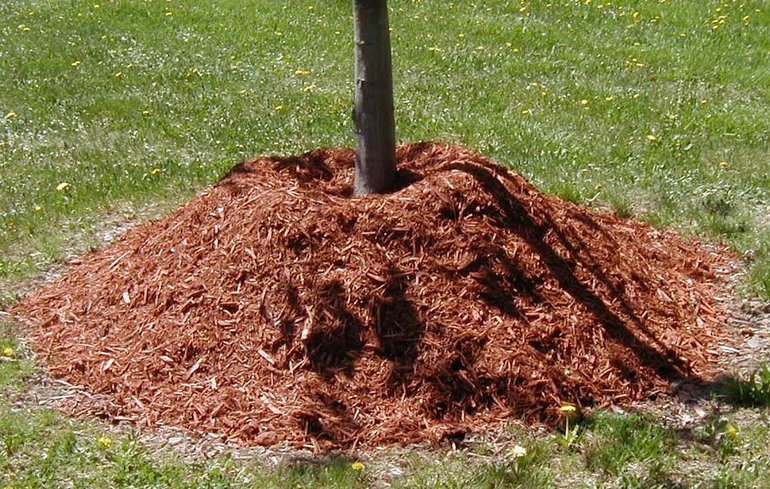
- First, gardeners cut thin sections of the root system, leaving a thickness of 2-3 mm in a one-year-old young tree and 3-4 mm in a two-year-old. This procedure allows treated roots to better absorb moisture and minerals. If they are not cut, the rooting process will take much longer.
- A small pillow of fertile mixture is prepared in the center of the landing pit.
- Gently plant a seedling on the hill and gradually sprinkle loose soil around the entire perimeter. The roots are evenly filled up first, and then completely fill the hole.
- The landing site is slightly tamped, a peg is installed next to the trunk and a seedling is tied to it.
- Be sure to water all young trees so that new shoots take root. To do this, 5-6 buckets of warm water are poured under each bush.
- Around the trunk pour mulch from peat or sawdust.
Pear Care
Young landings must be monitored and looked after. If the autumn is arid, it is necessary to provide trees with water in a timely manner. After watering around the trunk, it is imperative to loosen the soil so that a crust does not form. When weeds appear, they must be removed so that they do not interfere with the development of a young crop.
To drive away rodents from planting, gardeners tie up a spruce branch or material to the trunks of trees, treated with a special substance. Closer to frost, gardeners cover the bushes with acrylic tents. When snow falls, it can be additionally heated for shelter. There are a number of diseasesthat can hit young pears. These include:
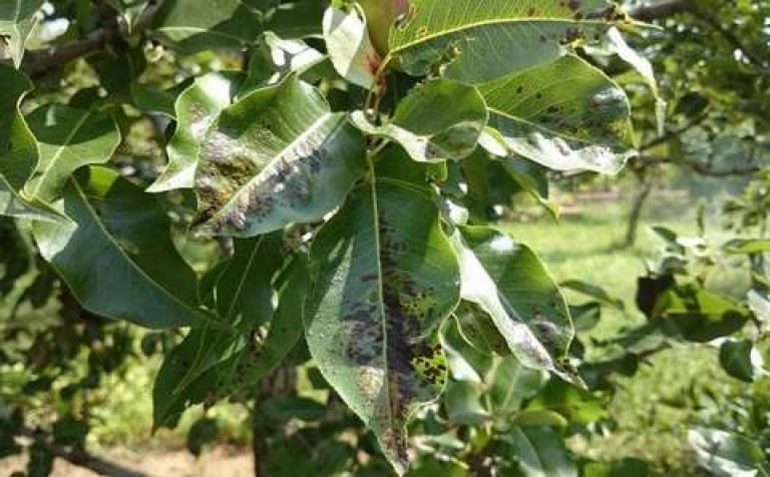
- scab;
- fruit rot;
- rust;
- powdery mildew;
- sooty fungus.
To prevent gardeners at the end of October, they spray trees. For this, 700 ml of urea is dissolved in a bucket of water. To whitewash the trunks, a solution of water, slaked lime and one percent copper sulphate is prepared.
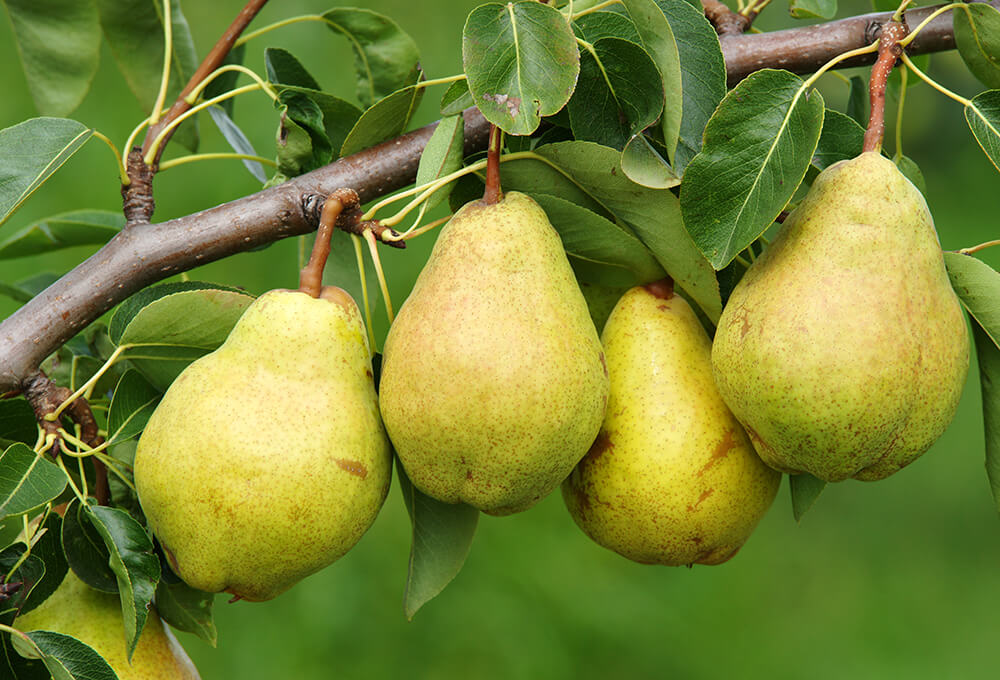 You may be interested in:
You may be interested in:Otherwise, cracks will appear on the bark, in which pests and fungal spores can settle and wait for the winter. Unlike adult trees, seedlings are completely covered with mortar. With proper care after 2-3 years, the first fruits will appear on young pears.

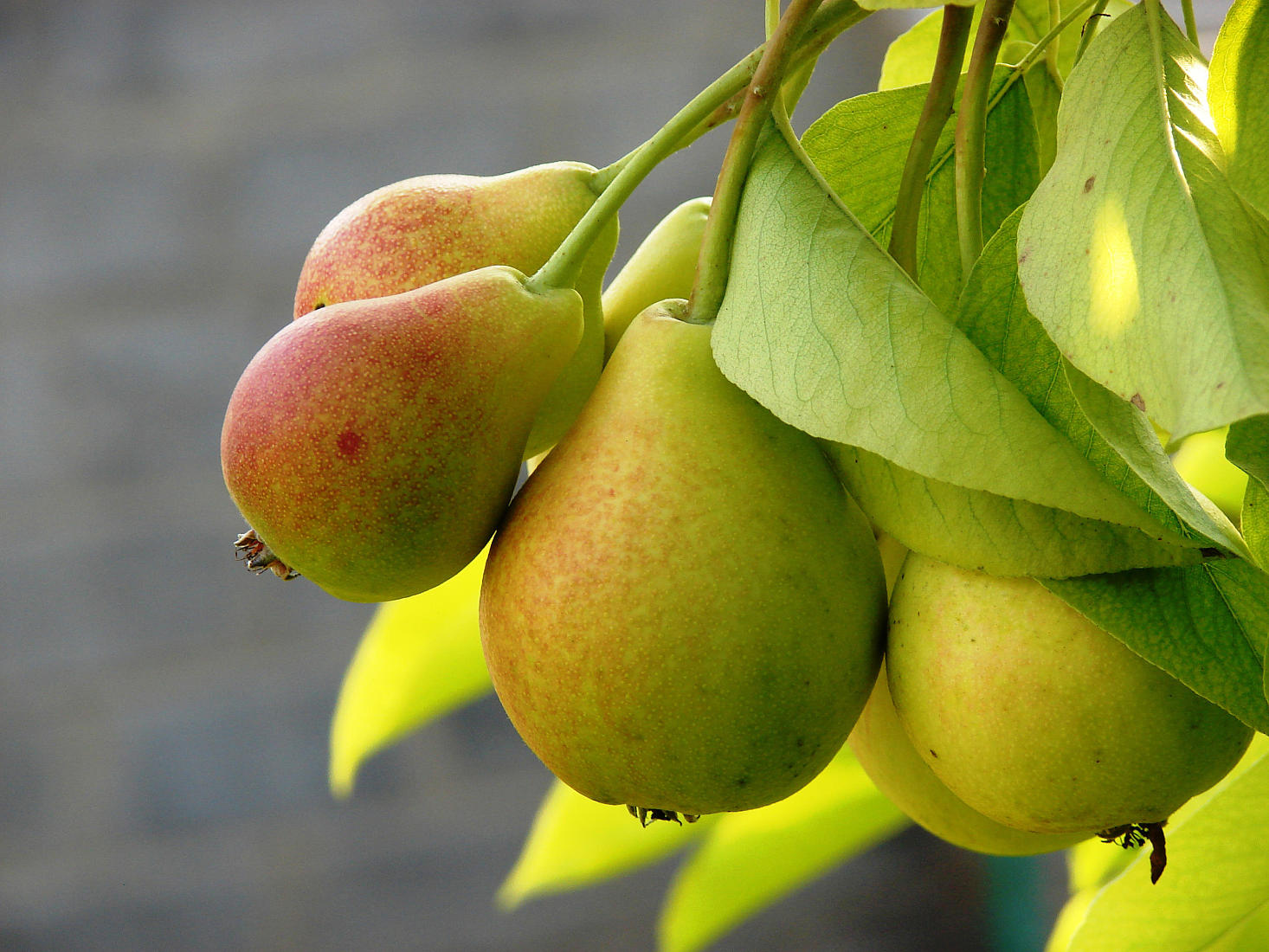 Pear "Noyabrskaya" winter: variety description
Pear "Noyabrskaya" winter: variety description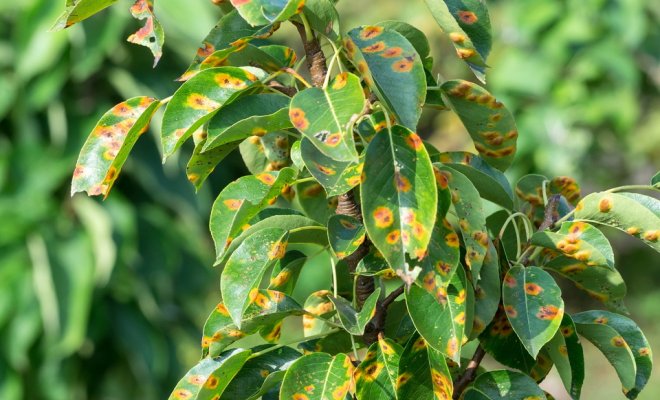 Are orange spots on pear leaves a disease? How to treat?
Are orange spots on pear leaves a disease? How to treat?